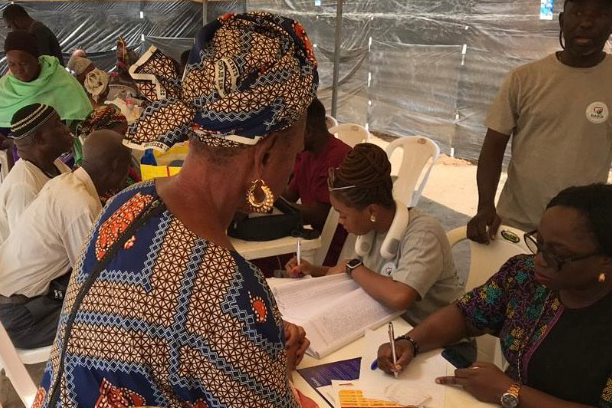In today’s fast-paced world, health is often overlooked—until something goes wrong. For many people, especially in low-income and underserved communities, access to healthcare is a luxury. That’s where free medical screening comes in—not just as a charitable gesture, but as a powerful public health tool that can transform entire communities.
Let’s break down how free health checks go beyond the basics and help boost community health indices.
What Are Community Health Indices, and Why Do They Matter?
Community health indices are like a report card for the health status of a population. They measure things like:
-
Life expectancy
-
Infant and maternal mortality
-
Prevalence of diseases (like diabetes and hypertension)
-
Immunization coverage
-
Access to clean water and sanitation
These metrics help policymakers and health professionals understand the big picture and make better decisions. When these numbers improve, it means people are living healthier, longer, and more productive lives.
The Power of Free Medical Screenings
So, how does offering free medical checks help? It’s simple but powerful.
1. Catching Problems Early
A lot of serious health issues—like high blood pressure, diabetes, or kidney disease—don’t show symptoms right away. Free screenings help catch them early, often before they become dangerous or expensive to treat.
2. Educating the Community
Screenings aren’t just about testing—they’re about talking. People learn about healthy lifestyles, nutrition, hygiene, and why it’s important to follow up on their health. This kind of awareness sticks.
3. Leveling the Playing Field
Healthcare inequality is real. Many people can’t afford regular checkups. Free medical outreach helps bridge the gap, especially for rural residents, the elderly, and low-income families.
4. Building Better Health Data
Every screening program gathers data—about what diseases are common, what people need, and how to help them. This helps health authorities and NGOs make better plans and smarter interventions.
5. Strengthening Trust and Community Bonds
When communities see real efforts to care for their health—especially through local organizations and trusted professionals—it builds confidence in the system and encourages more people to get involved.
Real-World Impact: When Numbers Speak
In Nigeria and across Africa, we’ve already seen the difference free medical outreaches can make:
-
Non-communicable diseases are caught earlier and treated more effectively.
-
Vaccination rates improve, especially in hard-to-reach areas.
-
Maternal and child health improves, thanks to antenatal education and screenings.
-
Health-seeking behavior increases, as more people understand the value of preventive care.
These changes may seem small at first—but over time, they shift the numbers in a big way.
But It’s Not All Smooth Sailing
Free health screenings have huge benefits, but they’re not without challenges:
-
Funding is often limited or inconsistent.
-
Follow-up care is hard to manage—many people can’t afford treatment after a diagnosis.
-
Remote areas can be hard to reach without solid logistics.
-
Data collection and tracking can be weak, limiting long-term planning.
To overcome these, we need better systems, stronger partnerships, and more community involvement.
Moving Forward: A Call to Action
If we want to improve public health across Nigeria and other developing regions, free medical screenings must be taken seriously—not as one-off charity drives, but as part of a larger health strategy.
Here’s how we can move forward:
-
Involve community leaders to encourage participation
-
Use mobile health technology to track results and follow-up care
-
Create public-private partnerships to sustain funding and reach
-
Embed screenings into national health programs for long-term impact
Conclusion
Free medical screenings are more than just an act of goodwill—they’re a lifeline. They help catch problems early, raise awareness, and push communities toward better health outcomes. When done right, they don’t just save lives—they change the health narrative of entire communities.
Let’s champion more of these initiatives, support the organizations behind them, and work together to build healthier, stronger, and more resilient communities.

